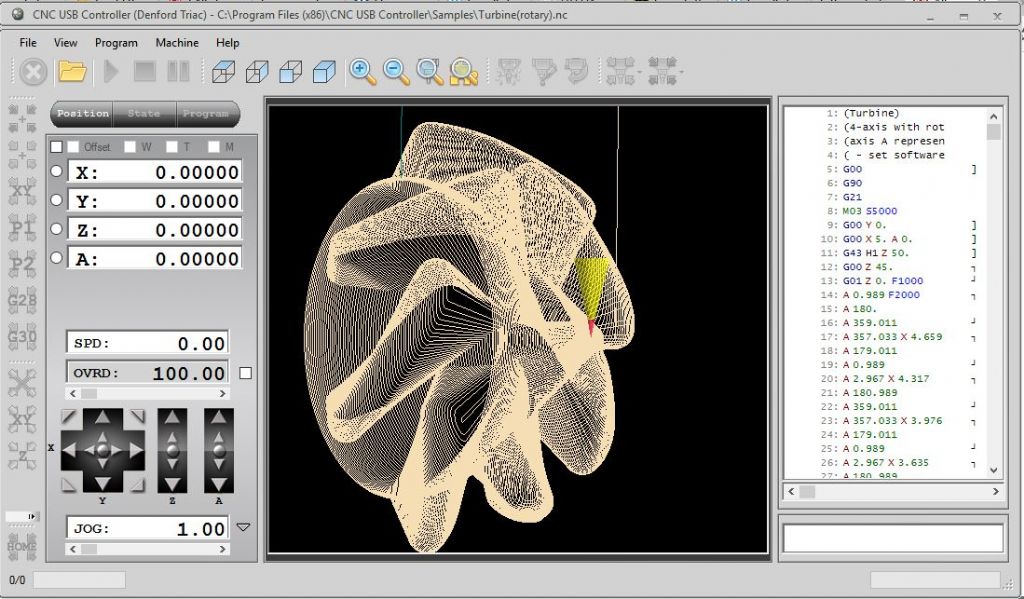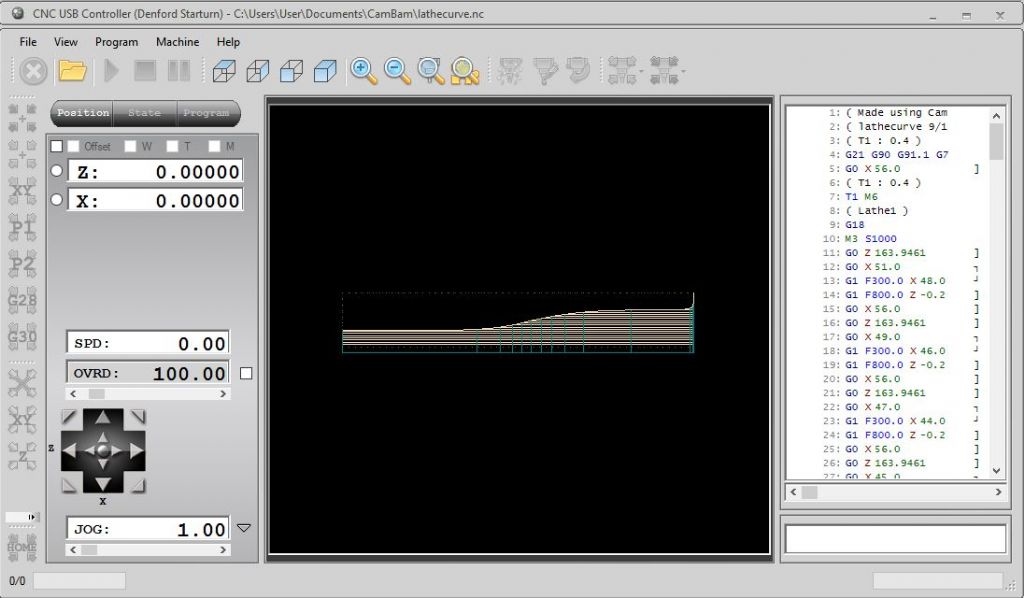Alternative to PC based Cnc controllers
Alternative to PC based Cnc controllers
- This topic has 282 replies, 52 voices, and was last updated 20 October 2020 at 14:40 by
sam sokolik.
- Please log in to reply to this topic. Registering is free and easy using the links on the menu at the top of this page.
Latest Replies
Viewing 25 topics - 1 through 25 (of 25 total)
-
- Topic
- Voices
- Last Post
Viewing 25 topics - 1 through 25 (of 25 total)
Latest Issue
Newsletter Sign-up
Latest Replies
- Power hacksaw – powerful banging when running
- Fitting DRO to Myford VME mill.
- Low Current Power Bank
- Poor Experience with Auction Site Seller
- Arduino controlled stepper motor for Mill X-axis drive
- Tensile Strength Machineability
- Mechanical lubricator
- Broken casting – Best repair?
- 1920s Cradle Mic Antique Brass Sleeve
- How To Make A Pressure Gauge Syphon?







